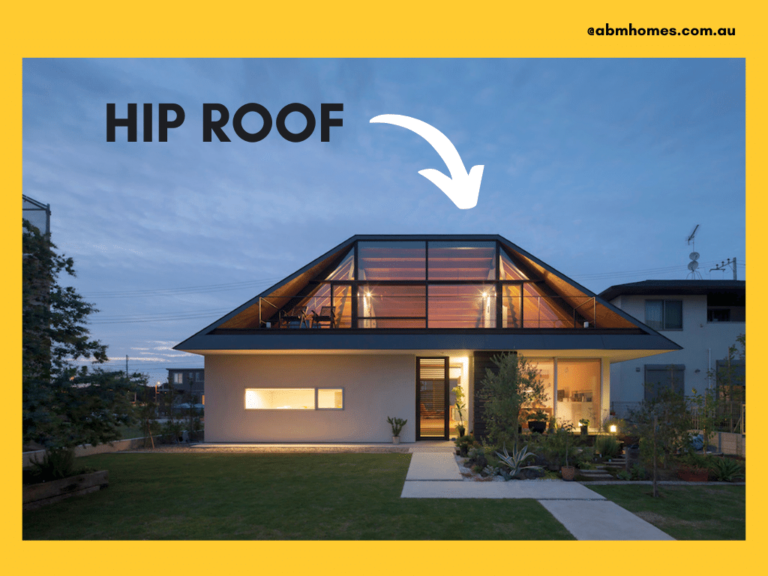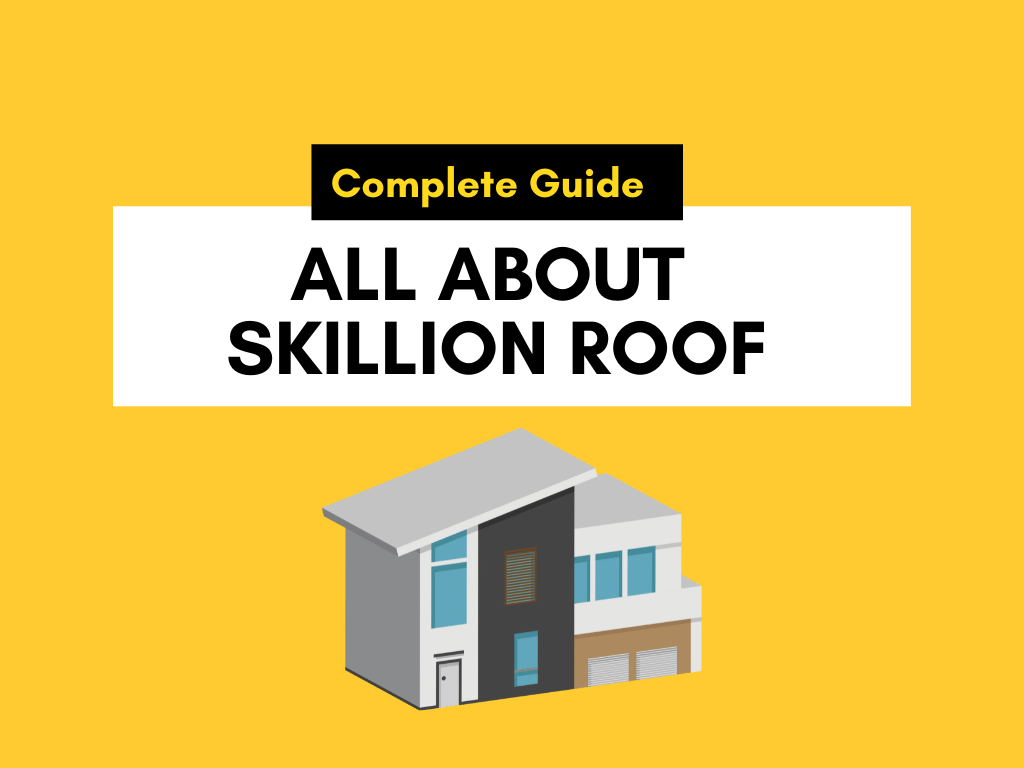The complete guide to Hip Roofs
Table of Contents
A hip roof is a type of roof with a sloped, irregularly shaped surface that sits upon the main beams.
It’s typically used for homes and other structures with steep-slope roofs, but it can also be used on flat roofs.
What is a hip roof?
A hip roof is a type of roof that has four sloped sides. The sloped sides are called “hips” and meet at the ridge of the roof. The ridge is the highest point of a hip roof, which makes it easy to tell where one end starts and another ends.
The term “hip” may be misleading for some people because it can also refer to an area in which two objects meet (like when you’re standing on your toes). But since this article is about hip roofs specifically, we’ll stick with using their proper name here on out!
Why is a hip roof called a hip roof?


A hip roof is a roof that has two sides that are angled at a right angle to each other.
The first side of the roof is called the hip, or “base.” The second side of the roof is called the gable end or face.
When you think about it, this design makes sense because it looks like an upside down triangle with its bases touching each other and pointed outward at an angle (see diagram).
Hip Roofs can be installed for a new build as well as a reconstruction project.
Check out our Homebuyers Guide to Knockdown and Rebuild.
Pros of a Hip Roof
- A hip roof is aesthetically pleasing.
- Hip roofs are easy to construct.
- Hip roofs have a large attic space, which means more space for storage and/or additional rooms in the house.
- A hip roof can be used on any building type, from houses to barns and even greenhouses!
Cons of a Hip Roof
- Hip roofs are more expensive to construct.
- Hip roofs are more difficult to build.
- Hip roofs are more difficult to maintain.
- Hip roofs need more maintenance than gable roofs, which makes them less attractive for homeowners who prefer low-maintenance homes or those living in areas prone to high winds and snow loads (like mountain regions).
Are hip roofs more expensive?
Hip roofs are more expensive than skillion roofs, gable roofs, flat roofs, shed roofs and mansard or saltbox styles. The additional cost for a hip roof is due to the fact that it has greater depth than other types of shingles.


Do hip roofs need gutters?
You should also consider whether or not you want to install gutters on your hip roof. Gutters are important for keeping water away from the house, but they can be made of metal or plastic.
If you do have gutters, it’s a good idea to clean them regularly (at least once per year) and make sure that they’re not leaking because this could cause mold growth inside your home.
If you don’t have any gutters yet and there’s no sign of water coming through your roof then this might mean that something else has gone wrong with your roofing system such as an incorrect flashing design or missing shingles/tiles which could lead to leaks over time if left untreated.
Is a hip roof strong?
A hip roof is a strong and durable option for homes in windy areas. A hip roof can also provide good insulation, which makes it a great choice for areas with heavy snowfall or ice storms.
Hip roofs are also great for areas that have high winds because they deflect the wind more than other types of roofs do.
In fact, some experts believe that hip roofs actually help reduce the amount of energy lost through evaporation from your home’s exterior by 15%.
And since there are no eaves along the sides of your house (as you would find on an English cottage), you won’t have to worry about any damage caused by water streaming into your house through gaps between walls and floors!


Does a hip roof have rafters?
A hip roof is a type of roof that has four sloping sides and a ceiling. The slope of each side is called the pitch, which can range from 0 degrees (flat) to 45 degrees (very steep).
Hip roofs are also known as gable roofs or valley gables because their sides slope down toward the ground, similar to how a gabled house looks from above.
The difference between this type of roof and other types lies in how much room there is between the topmost part of your living space and its floor level: with peaks higher than 45° or valleys lower than 14° you’ll have what’s called an open-pitched hip design—meaning you won’t have any walls separating interior spaces from exterior ones!
Do hip roofs leak?
Hip roofs are less prone to leaks than gable roofs, but they can still experience some water damage. This is particularly common in areas with heavy snowfall and high winds. The most common causes of hip roof leaks are:
- Rainwater hitting the upper surface of the shingles
- Gutters clogged with leaves and debris
Conclusion
A hip roof is a type of roof that has no gable ends, but rather a single slope on both sides of the building.
This allows for more space but also requires extra maintenance and care from the homeowner in order to keep it in good condition.
Hip roofs can be made out of any material such as wood or metal, but wooden ones tend to be cheaper than steel versions because they require less labor during construction time frame (which saves costs).
The biggest advantage of these types of structures over other types? They are easier to install than traditional roofs do because they don’t require any additional support structures underneath them!
Build with ABM Homes
ABM Homes has a combined experience of more than 25 years in the ACT real estate market. All our homes come with 6 months service guarantee and 7 years structure warranty.
Our projects are super sustainable and come with everything included. Contact our team today or visit us in ACT & NSW.






